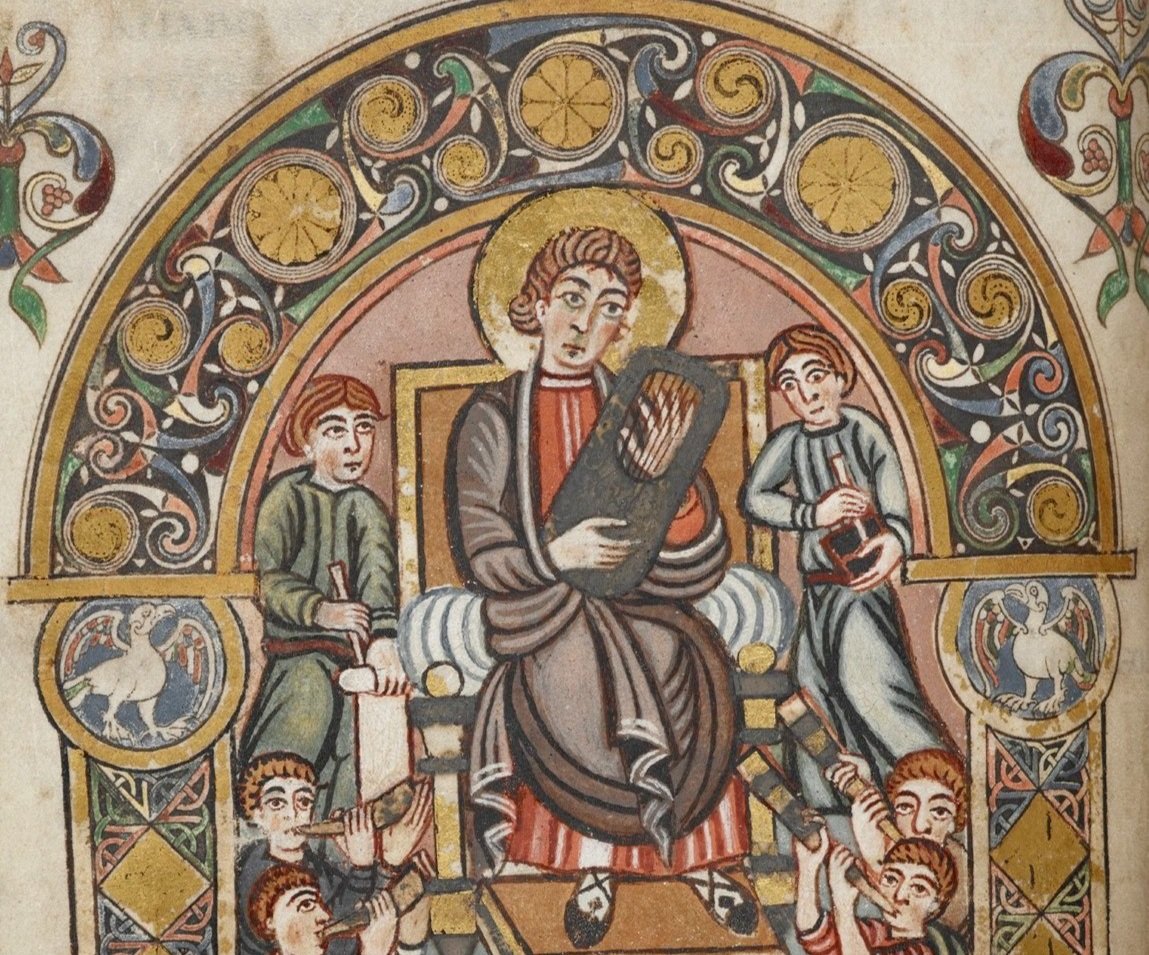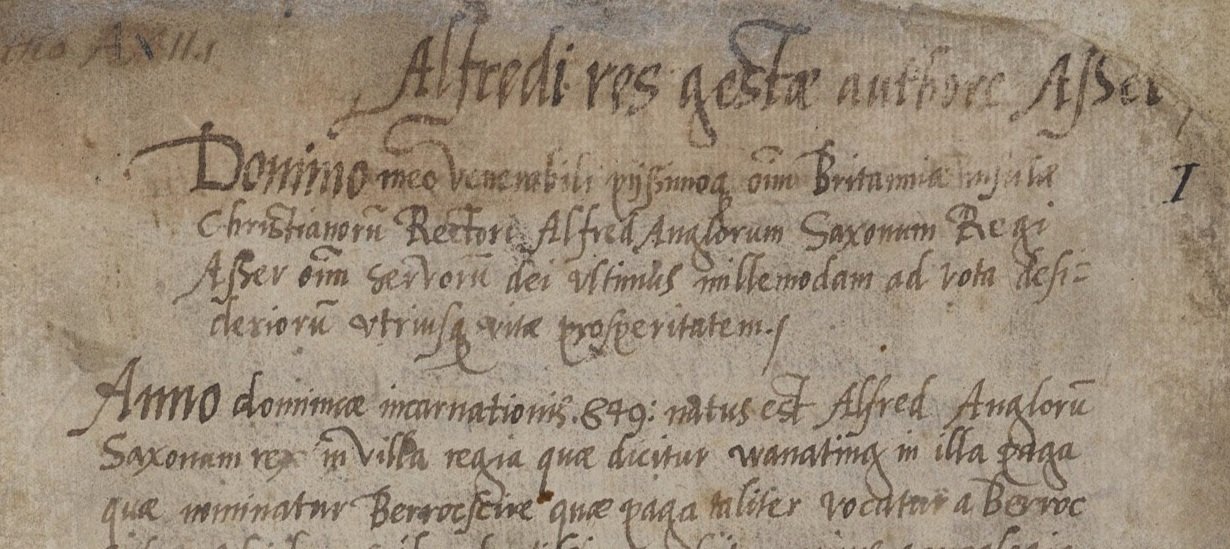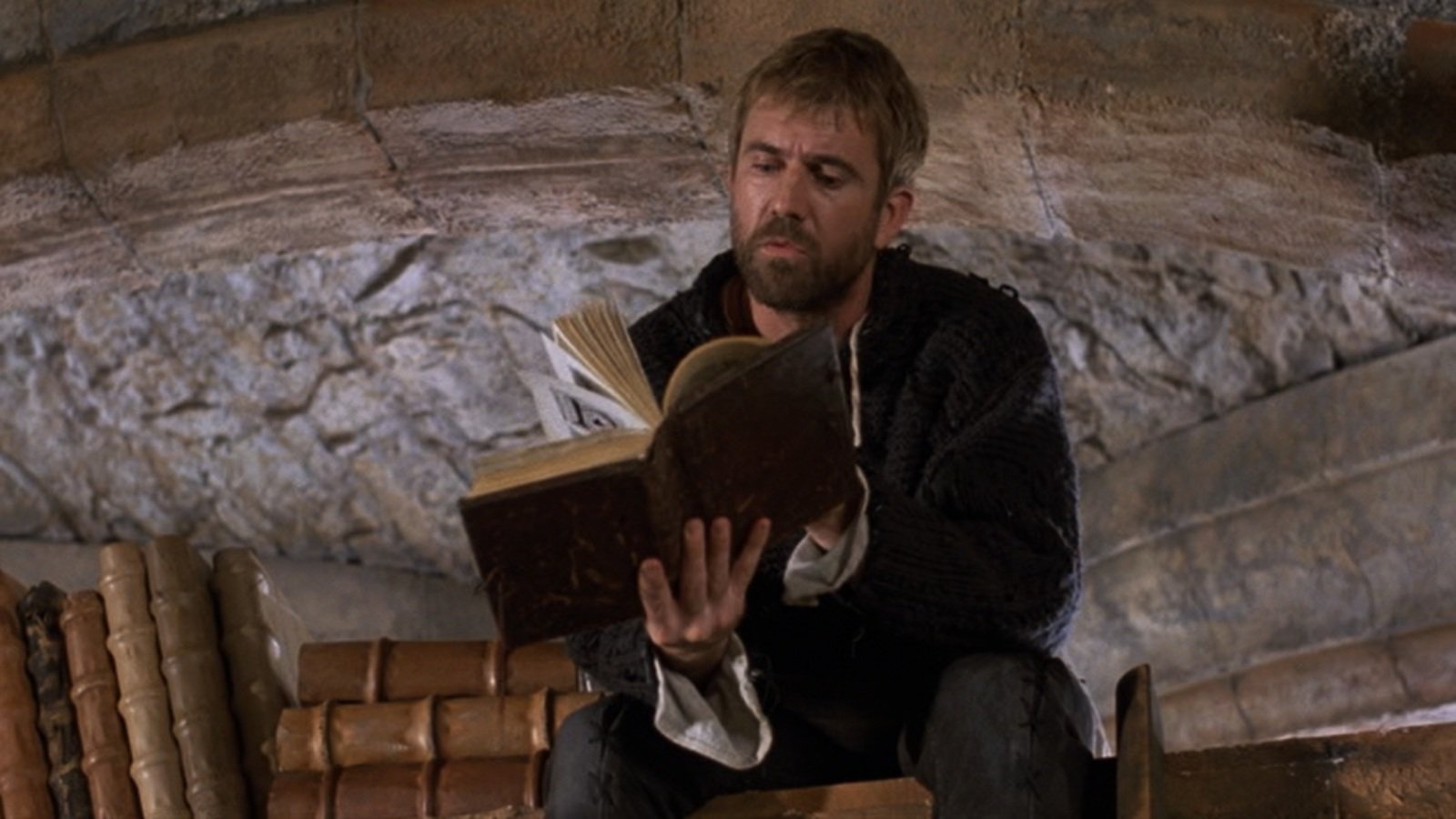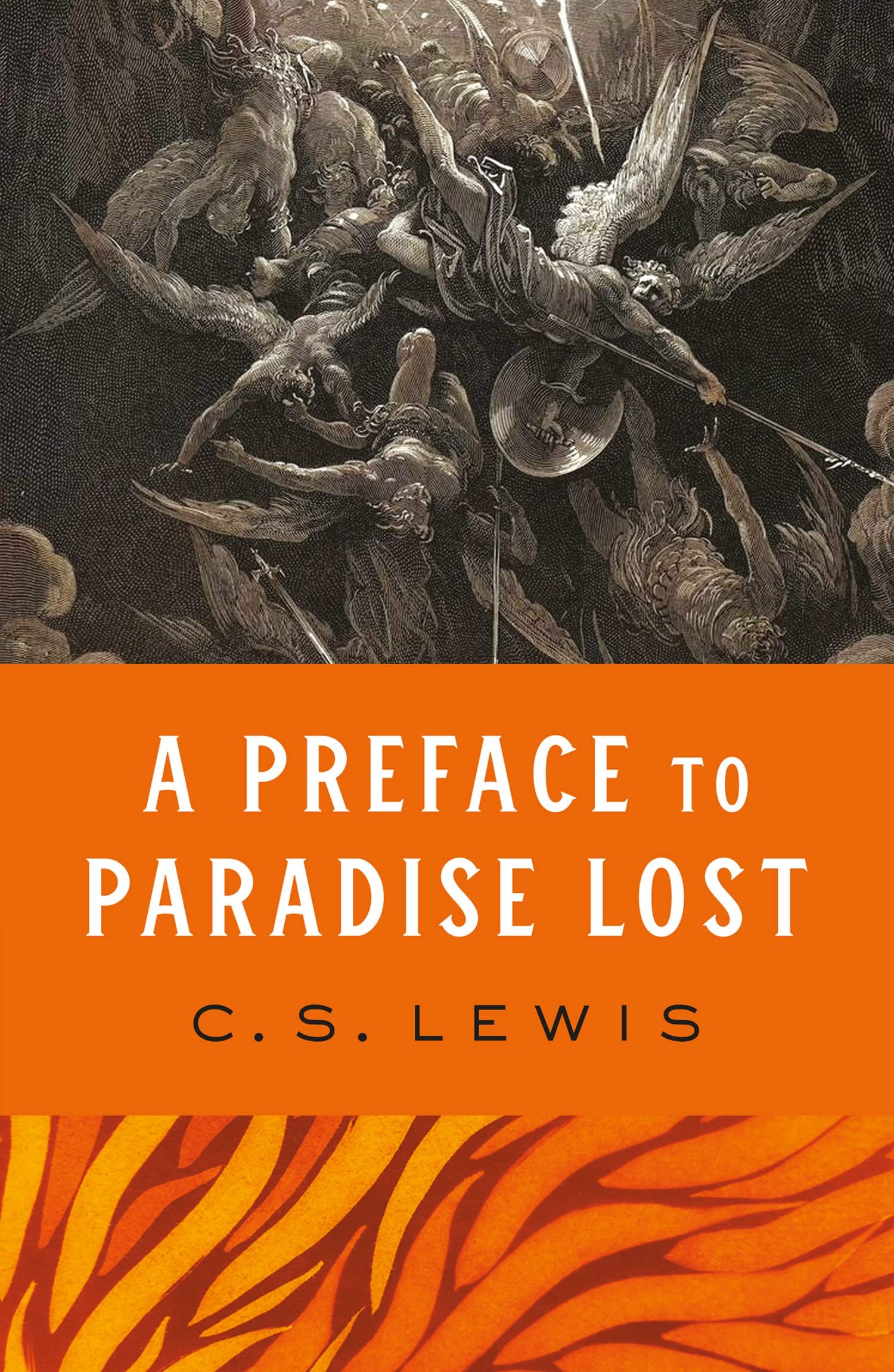Intelligence in 1066
/Harold Godwinson listens to a messenger in the Bayeux Tapestry
This morning on my commute I listened to the latest Rest is History Club bonus episodes. Among the questions Holland and Sandbrook fielded was one about the intelligence networks available during the Norman Conquest. Could William have known what Harold was doing before he sailed from Normandy?
Such questions are ultimately, per Holland, “unanswerable,” though it is not quite true that, as Sandbrook says, there is “no evidence.” The following passage from Wace’s Roman de Rou, which I cited and expanded upon in my master’s thesis, comes immediately to mind. From Glyn Burgess’s translation:
One of the knights in the area [of Pevensey] heard the noise and the shouting coming from the peasants and villeins, who saw the great fleet arrive. He was well aware that the Normans were coming with the intention of taking possession of the land. He took up position behind a mound so that no one could see him; he stood there watching how the great fleet arrived. He saw the archers emerging from the ships and afterwards the knights disembarking. He saw the carpenters, their axes, the large numbers of men, the knights, the building material thrown down from the ships, the construction and fortification of the castle and the ditch built all around it, the shields and the weapons brought forth. Everything he saw caused him great anguish. He girded on his sword and took his lance, saying he would go to King Harold and give him this news. Then he set out, sleeping late and rising early. He travelled extensively night and day in search of Harold, his lord, and found him beyond the Humber, where he had dined in a town. Harold was acting with great arrogance. He had been beyond the Humber and defeated his brother Tostig; things had gone very well for him. . . . Harold was returning joyfully and behaving with great arrogance, when a messenger gave him news of the sort which made him think differently. Suddenly the knight who had come from Hastings arrived.
‘The Normans have arrived’, he said, ‘and established themselves in Hastings. They intend to take the land from you, unless you can defend it. They have already built a castle with brattices and a ditch.’
Later, in a passage I’d forgotten about until rereading it this morning, Duke William benefits from similar intelligence:
In the land there was a baron, but I do not know his name, who had loved the duke greatly and become one of his close advisers; he would never have wanted things to go wrong for William, if he could manage it. He sent him word privately that he had come with insufficient forces; he had few men, he believed, to accomplish what he had undertaken. There were too many people in England and it was very difficult to conquer. In true faith he advised him, and in sincere love sent him word, that he should withdraw from the country and go back to his land before Harold arrived; he was afraid that things would go badly wrong for him.
Wace is a late, poetic source and is problematic for reasons both obvious (his portrait of Harold as a hubristic usurper) and subtle (using post-Conquest feudal terms like “baron” and “knight” and “villein” in an Anglo-Saxon context), but here he presents a plausible picture of what is now called HUMINT or human intelligence. It jibes with many, many other stories from the world before signals intelligence and aerial and satellite surveillance, a world of eyewitnesses desperately offering actionable information to their side’s leadership—something they can only do as quickly as the fastest horse can carry them—not to mention a world of rumor, uncertainty, and, in the case of the anonymous Anglo-Saxon lord who feeds information to William, secret betrayal.
Further, it jibes with the Bayeux Tapestry, which several times shows messengers bringing word to Harold, William, and others and the recipients listening intently, and other sources like the Anglo-Saxon Chronicle. When the Chronicle writes, over and over in every extant version, that Harold “was informed” or “came to know” of some new development, we should probably picture something like what Wace describes.
The evidence is extremely limited and raises as many questions as it answers, but it gives us enough for reasonable inferences. It also—and this is why I remembered the story so many years later—offers a rare glimpse of the men involved in these campaigns at the ground level. Who can read Wace’s account of that anonymous thegn, alerted by the people fleeing in terror and watching from behind a hill as the invasion proceeds unopposed, and not feel his “great anguish”?
You can read the whole passage of Wace in an older translation at Project Gutenberg here.






















